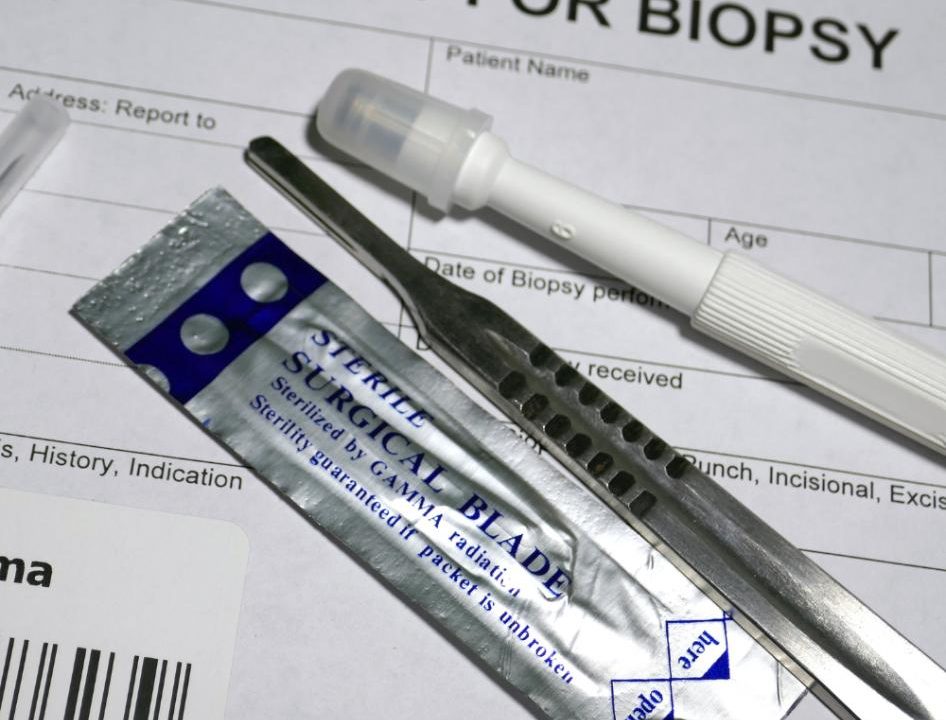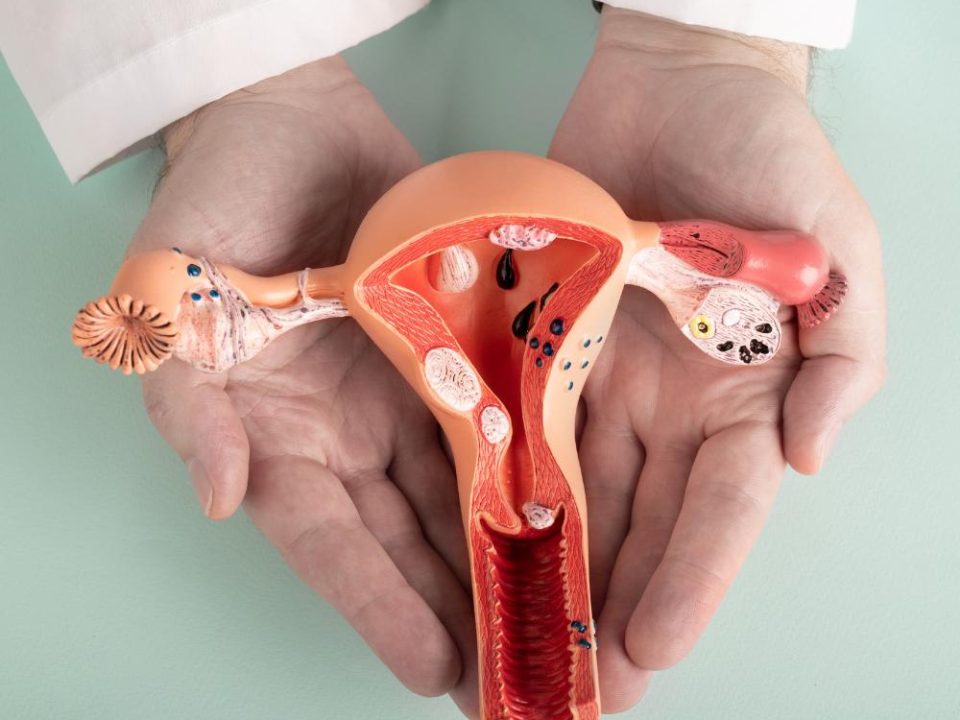
Lubricants
September 2, 2024
Chronic Pelvic Pain (CPP) Overview
September 2, 20241 . Vaginal Hysterectomy
This approach involves removing the uterus and cervix through a vaginal incision, avoiding abdominal cuts.
– Ovaries & Fallopian Tubes:
– Ovaries are generally preserved if they appear healthy to minimize heart disease and osteoporosis risks. However, annual pelvic exams are necessary.
– The fallopian tubes are usually removed (bilateral salpingectomy) to prevent complications such as cancer.
– Recovery:
– Hospital stay is typically one night, with a follow-up visit at six weeks. Normal activities can resume within 4-6 weeks, but pelvic rest, including avoiding intercourse, is recommended for at least eight weeks.
– Risks:
– Intraoperative risks include bleeding, organ damage (less than 1%), conversion to open surgery, and rare risk of death.
– Postoperative risks encompass urinary retention, blood clots, bowel obstruction, infections, hernias, scar tissue, and vaginal cuff dehiscence. Persistent pain or failure to relieve symptoms may also occur.

2 . Laparoscopic Hysterectomy
This minimally invasive procedure uses small abdominal incisions, often with robotic assistance.
– Purpose:
– It treats conditions like fibroids, endometriosis, abnormal bleeding, pelvic pain, prolapse, and cancers of the reproductive organs.
– Advantages include lower blood loss, reduced infection risk, less pain, and quicker recovery compared to open surgery.
– Evaluation & Cervix Retention:
– Tests like ultrasounds, MRIs, biopsies, and blood tests ensure the absence of cancer.
– Retaining the cervix may require future pap smears and carries a slight risk of bleeding.
– Recovery:
– Recovery varies: some are discharged the same day, while others may require an overnight stay. Full recovery usually takes 4-6 weeks, with pelvic rest for eight weeks if the cervix is removed.
– Risks:
– Risks during surgery include bleeding, organ damage (less than 1%), and conversion to open surgery.
– Post-surgery complications may involve urinary retention, blood clots, infections, hernias, persistent pain, symptom recurrence, and scar tissue formation.
3 . Abdominal Hysterectomy
This procedure involves a larger abdominal incision and is chosen when minimally invasive methods aren’t suitable.
– Indications:
– It’s often recommended for conditions such as fibroids, abnormal bleeding, endometriosis, pelvic pain, prolapse, or cancer.
– Preoperative Evaluation:
– Tests like ultrasound, MRI, biopsies, and blood work help identify any cancerous or precancerous conditions.
– Cervix and Ovaries:
– Deciding to keep or remove the cervix is personal, but removal may shorten recovery time slightly.
– Retaining normal ovaries before menopause is recommended to reduce heart disease and osteoporosis risks, while fallopian tubes are typically removed to prevent complications.
– Recovery:
– Patients usually stay in the hospital for 1-3 days, with a full recovery taking 6-8 weeks. Pelvic rest is advised for eight weeks.
– Risks:
– Complications can include bleeding, organ damage, blood clots, infection, hernias, pain, or failure to relieve symptoms. Rare risks like vaginal cuff dehiscence may need emergency surgery.
Importance of Women's Health: Discuss why women’s health is a critical topic. Mention the unique challenges women face and the importance of awareness and education.
Common Health Issues for Women
Reproductive Health: Cover topics like menstrual health, contraception, pregnancy, and menopause.
Breast Health: Discuss breast cancer awareness, self-exams, and mammograms.
Heart Health: Explain how heart disease affects women differently than men, and the importance of regular check-ups.
Mental Health: Address issues like depression, anxiety, and stress that are common among women.

Final Thoughts
Each type of hysterectomy carries its own risks and benefits. Discussing these details with a healthcare provider ensures the most suitable surgical approach for each individual’s condition.





